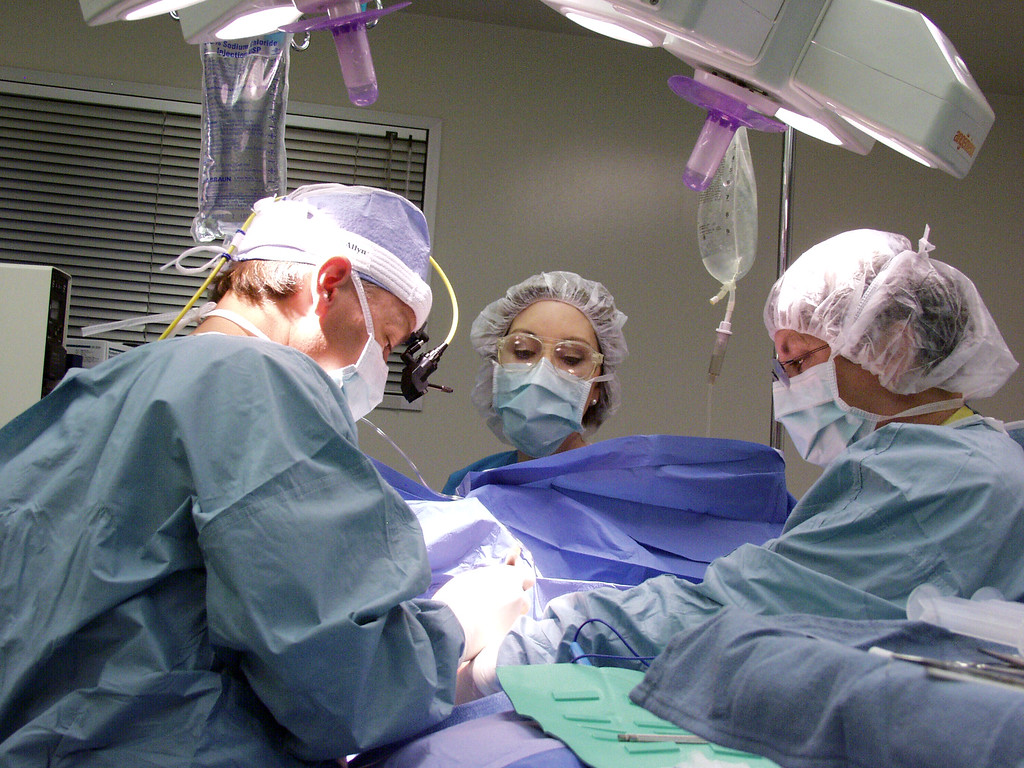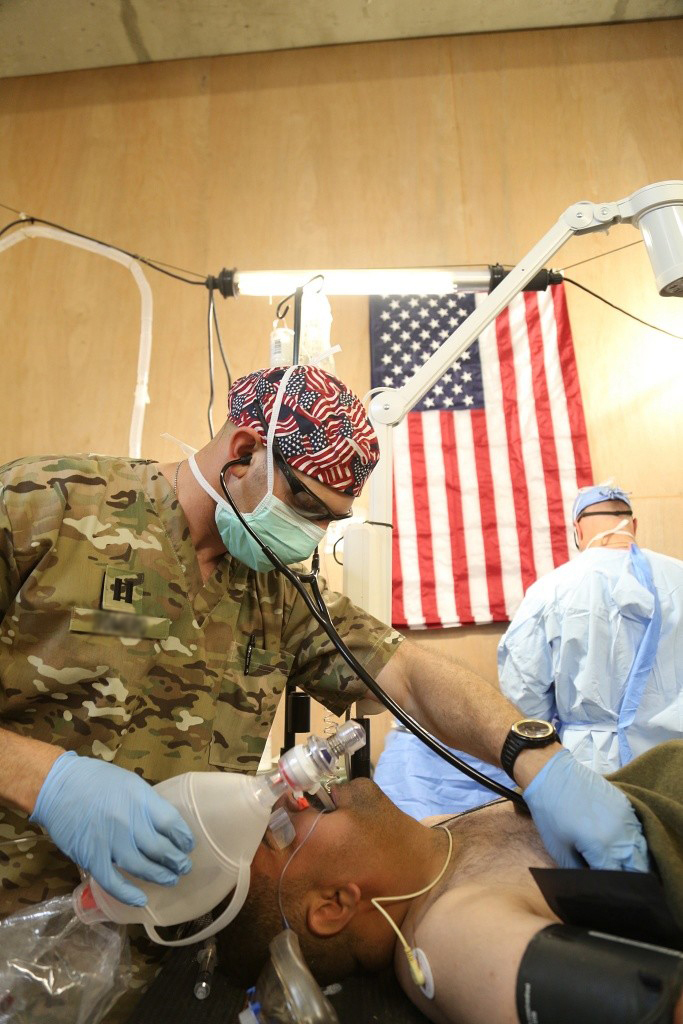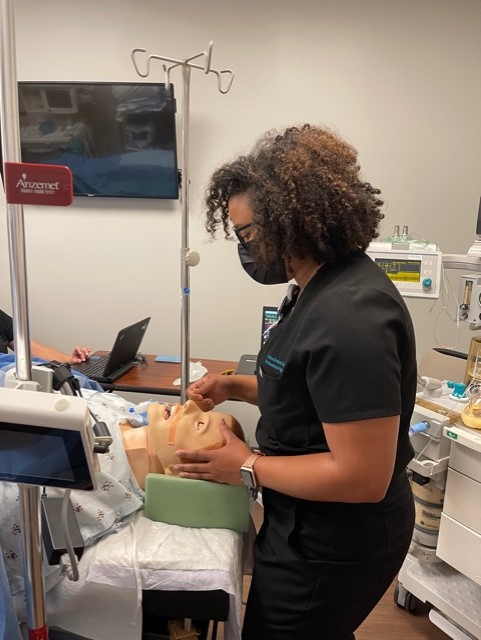Who are CRNAs?History: Nurse anesthetists have been providing anesthesia care to patients in the United States for more than 150 years. The Certified Registered Nurse Anesthetist (CRNA) credential came into existence in 1956 and, in 1986, CRNAs became the first nursing specialty accorded direct reimbursement rights from Medicare. In 2001, the Centers for Medicare & Medicaid Services (CMS) changed the federal physician supervision rule for nurse anesthetists to allow state governors to opt out of this facility reimbursement requirement.
Prolific Providers: CRNAs are anesthesia professionals who safely administer more than 50 million anesthetics to patients each year in the United States. As advanced practice registered nurses, CRNAs are among the nation's most trusted professions according to Gallup. Nurses have topped Gallup’s Honesty and Ethics list for 19 consecutive years and are ranked second in the 2021 U.S. News & World Report’s “Best Health Care Jobs” report. Rural America: CRNAs represent more than 80% of the anesthesia providers in rural counties. Many rural hospitals are critical access hospitals, which often rely on independently practicing CRNAs for anesthesia care. Half of U.S. rural hospitals use a CRNA-only model for obstetric care, and CRNAs safely deliver pain management care, particularly where there are no physician providers available, saving patients long drives of 75 miles or more. Anesthesia Safety: Numerous peer-reviewed studies have shown that CRNAs are safe, high quality and cost-effective anesthesia professionals who should practice to the full extent of their education and abilities. According to a 2010 study published in the journal Nursing Economic$, CRNAs acting as the sole anesthesia provider are the most cost-effective model for anesthesia delivery, and there is no measurable difference in the quality of care between CRNAs and other anesthesia providers or by anesthesia delivery model. Researchers studying anesthesia safety found no differences in care between nurse anesthetists and physician anesthesiologists based on an exhaustive analysis of research literature published in the United States and around the world, according to a scientific literature review prepared by the Cochrane Collaboration, the internationally recognized authority on evidence-based practice in healthcare. Most recently, a study published in Medical Care (June 2016) found no measurable impact in anesthesia complications from nurse anesthetist scope of practice or practice restrictions. Practice of Nursing: CRNAs provide anesthesia in collaboration with surgeons, dentists, podiatrists, physician anesthesiologists, and other qualified healthcare professionals. When anesthesia is administered by a nurse anesthetist, it is recognized as the practice of nursing; when administered by a physician anesthesiologist, it is recognized as the practice of medicine. Regardless of whether their educational background is in nursing or medicine, all anesthesia professionals give anesthesia the same way. Autonomy and Responsibility: As advanced practice registered nurses, CRNAs practice with a high degree of autonomy and professional respect. CRNAs are qualified to make independent judgments regarding all aspects of anesthesia care based on their education, licensure, and certification. They are the only anesthesia professionals with critical care experience prior to beginning formal anesthesia education. Practice Settings: CRNAs practice in every setting in which anesthesia is delivered: traditional hospital surgical suites and obstetrical delivery rooms; critical access hospitals; ambulatory surgical centers; ketamine clinics; the offices of dentists, podiatrists, ophthalmologists, plastic surgeons, and pain management specialists; and U.S. military, Public Health Services, and Department of Veterans Affairs healthcare facilities. Military Presence: Nurses first provided anesthesia on the battlefields of the American Civil War. During World War I, nurse anesthetists became the predominant providers of anesthesia care to wounded soldiers on the front lines. Today, CRNAs have full practice authority in every branch of the military and are the primary providers of anesthesia care to U.S. military personnel on front lines, navy ships, and aircraft evacuation teams around the globe.
Cost-Efficiency: The CRNA model, where anesthesia delivery is staffed and directed by CRNAs avoids duplication of services, promotes efficient utilization of anesthesia providers, and reduces cost. As interests compete for limited resources in healthcare, groups and facilities seeking to minimize the cost of anesthesia services can achieve excellent cost savings as compared to other anesthesia practice models by the implementation of an all CRNA model. Direct Reimbursement: Legislation passed by Congress in 1986 made nurse anesthetists the first nursing specialty to be accorded direct reimbursement rights under the Medicare program and CRNAs have billed Medicare directly for 100% of the physician fee schedule amount for services. In 2020, U. S. Congress passed legislation that included a nondiscrimination provision to prohibit health plans from discriminating against qualified licensed healthcare professionals, such as CRNAs and other non-physician providers, solely based on their licensure. Malpractice Premiums: On a nationwide basis, the average 2020 malpractice liability insurance premium for self-employed CRNAs was 36 percent less than it was in 1988. When trended for inflation through 2020, the reduction in premiums was even greater at 71 percent.
Education Requirements: It takes a minimum of 7-8.5 calendar years of education and experience to prepare a CRNA. The minimum education and experience required to become a CRNA include:
Nurse anesthesia educational programs have admission requirements in addition to the above minimums. A complete list of programs and information about each of them can be found at CRNA School Search. Certification: Before they can become CRNAs, graduates of nurse anesthesia educational programs must pass the National Certification Examination. CPC Program, formerly Recertification: The Continued Professional Certification (CPC) Program, which replaced the former recertification program, focuses on lifelong learning and is based on eight-year periods comprised of two four-year cycles. Each four-year cycle has a set of components that include:
For complete information on all components of the CPC Program, visit NBCRNA/CPC. * Beginning Jan. 1, 2022, all students matriculating into an accredited program must be enrolled in a doctoral program. |






